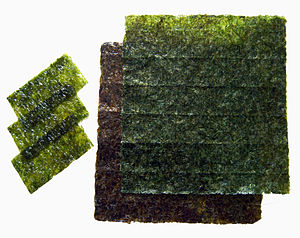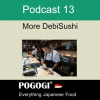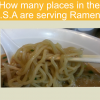Dried Seaweed (nori)

The island nation of Japan consumes more seaweed (both in quantity and variety) than anyone else.
When it comes to Japanese food, there are 3 main types of seaweed products:
1. Dry Toasted (Yaki Nori) 2. Dry Seasoned (Ajitsuke Nori) 3. Wet Seasoned (Tsukudani Nori)
Yaki Nori is likely the most well known of all seaweeds due mostly to its use for sushi rolls. Nori has been around as early as 689, a time when it was likely eaten raw and possibly used for medicinal purposes.
Present day nori is mostly farmed, where spores are placed in nets hung in lagoons and bays where the water is calm.
On average, mature seaweed plants are 4" wide and 8" long. The process of making nori has its roots in traditional Japanese paper manufacturing. Crisp and dry in texture with notes of the sea, it's best to consume nori sooner than later. Nori which becomes limp will soon lose its aroma and flavour. Health wise, seaweed is nutritionally robust. It's rich in protein, vitamin A and B1, iron, calcium and zinc.





